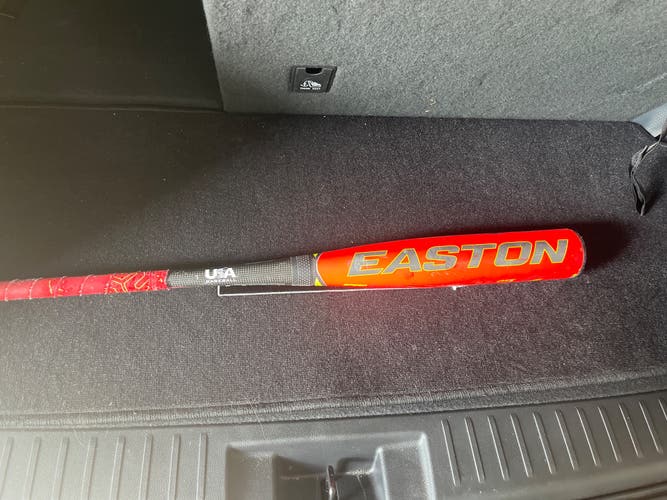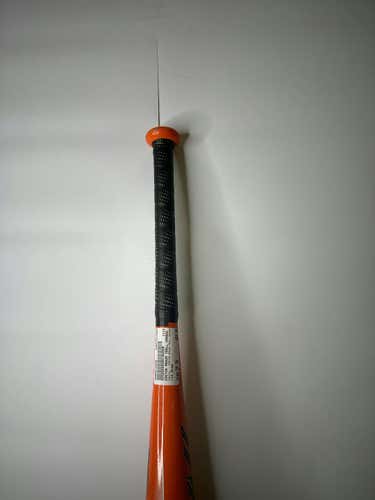Popular Baseball Bat Models
See more Popular Baseball Bat Models
Louisville Slugger Atlas
221 Available

Louisville Slugger Select PWR
280 Available
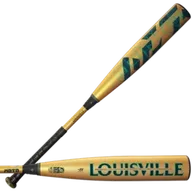
Louisville Slugger Meta
1624 Available
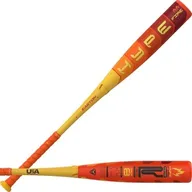
Easton Hype Fire
749 Available

DeMarini CF
1080 Available
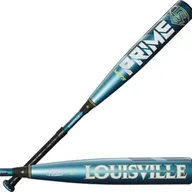
Louisville Slugger Meta Prime
63 Available
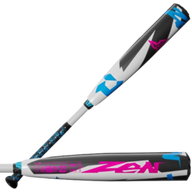
DeMarini CF Zen
680 Available

DeMarini Zoa
573 Available

Easton Ghost X Evolution
37 Available
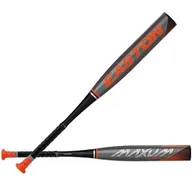
Easton Maxum Ultra
81 Available
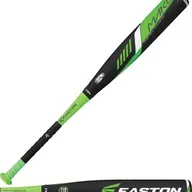
Easton Mako
781 Available

Easton Ghost X Hyperlite
54 Available
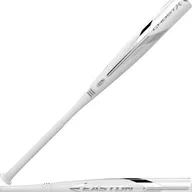
Easton Ghost X
153 Available

Easton Hype Comp
111 Available

Easton XL3
30 Available
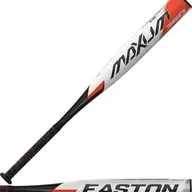
Easton Maxum 360
112 Available

Combat Maxum
76 Available
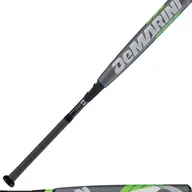
DeMarini CF8
60 Available

AXE Avenge
93 Available
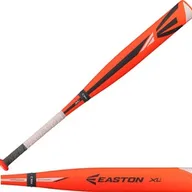
Easton XL1
140 Available
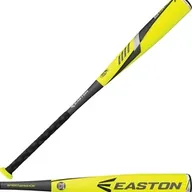
Easton S500
44 Available

Easton Beast X
153 Available
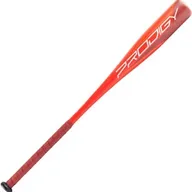
Rawlings Prodigy
196 Available
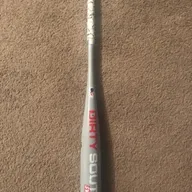
Dirty South Dirty South Swag
40 Available

Easton Easton Ghost
86 Available

Easton MAV1
201 Available
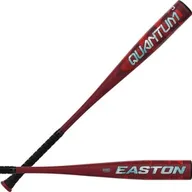
Easton Quantum
129 Available
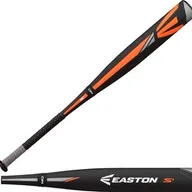
Easton S1
179 Available
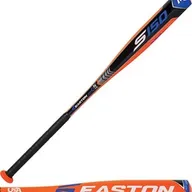
Easton s150
10 Available

Easton S50
71 Available
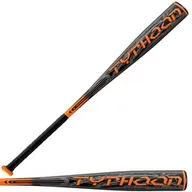
Easton Typhoon
78 Available

Easton Alpha
43 Available

Easton XL
59 Available
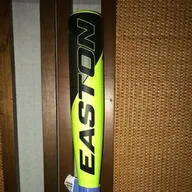
Easton Hex
14 Available
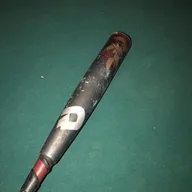
DeMarini Voodoo Raw
25 Available

DeMarini NVS
8 Available
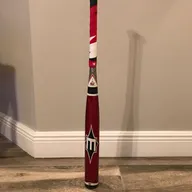
Easton Stealth
34 Available

Easton Stealth Comp
8 Available

Easton Stealth imx
5 Available
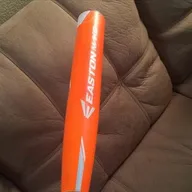
Easton YB15MK
3 Available
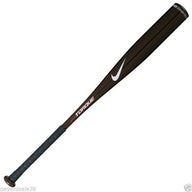
Nike Aero Torque
1 Available

DeMarini CF 5
50 Available

DeMarini Demarini Pro Maple
2 Available

Easton Elevate
59 Available
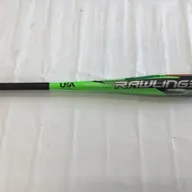
Rawlings Fuel
61 Available
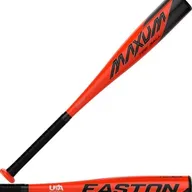
Easton Maxxum
3 Available
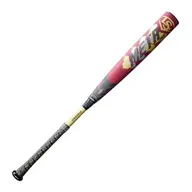
Louisville Slugger Meta PWR
49 Available

Phoenix 271HD
4 Available

AXE Pro GS4 George Springer MVP Edition
1 Available
Trending Bat Listings
See more
MMATT152

larrydmartinez7

KyeL7

sportsxchange
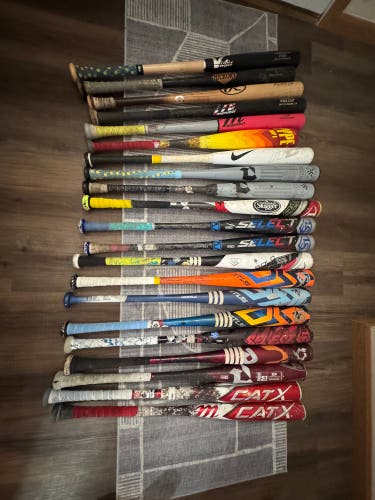
Gaitheraidan

jakescherrer
IMMACULATE - 2024 DeMarini Voodoo One BBCOR Certified Bat (-3) Alloy 29 oz 32" (Used)
$130
Retail price: $400
sportsxchange

Talley118

jmpiombo

813_bats

sportsxchange
Shop by Bat Certification
USSSA Certified Baseball BatsUSSSA CertifiedUSA Certified Baseball BatsUSABat CertifiedBBCOR Certified Baseball BatsBBCOR CertifiedTraining Baseball BatsTraining Bats
831 Results
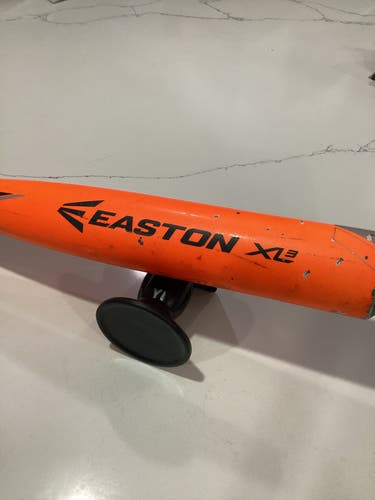
PIASLeominster
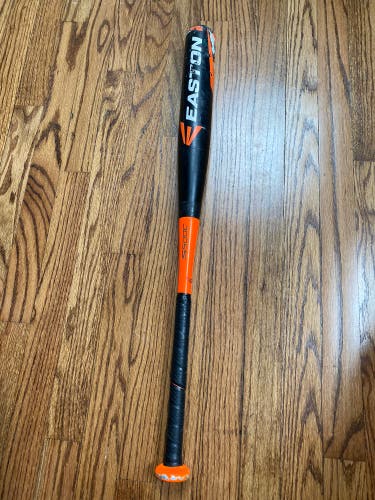
SportsWearhouse
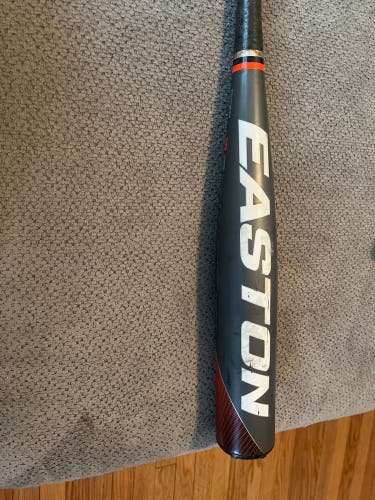
dwonning3146
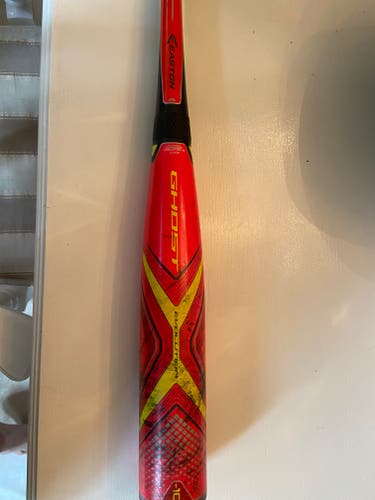
11sfrederick

Walk1975
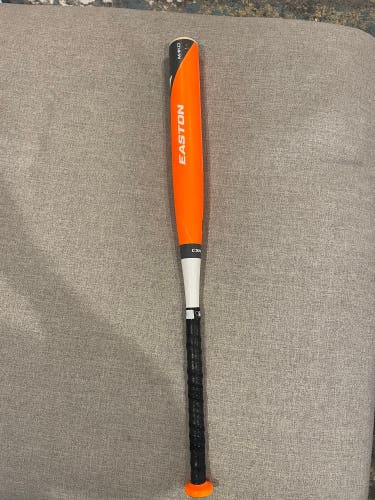
SSal254

Bart80

Dannyleon86
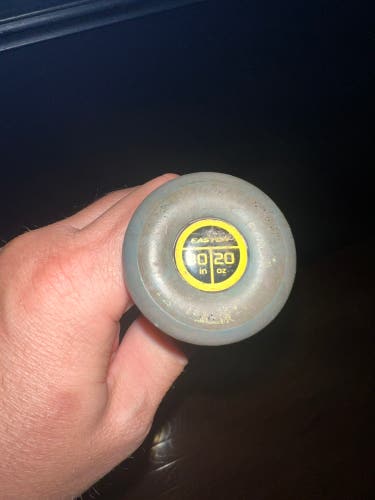
Jasonellsworth

mdemat48
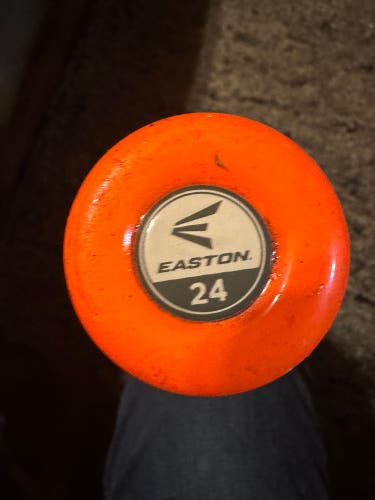
Sweaty394
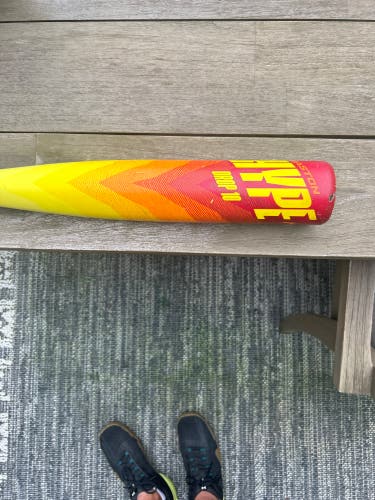
3Fischerkids
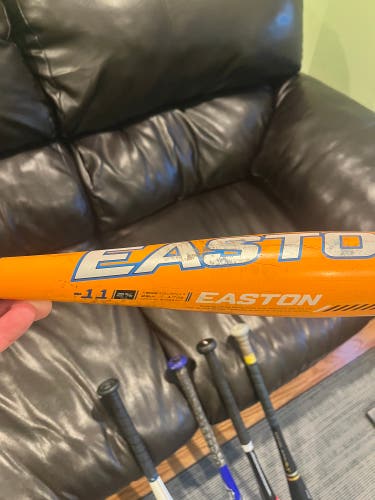
Ejay2013
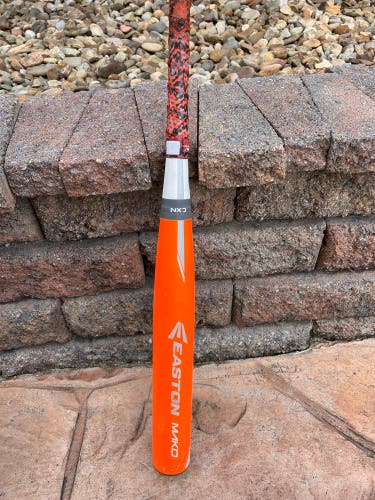
Baseballmom58

GavinHoel
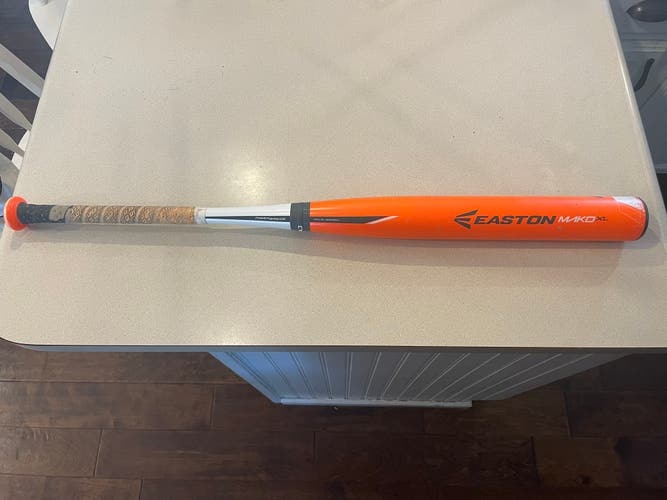
Ryan6580
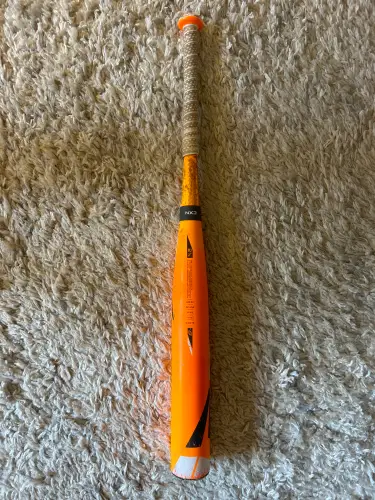
Elindner
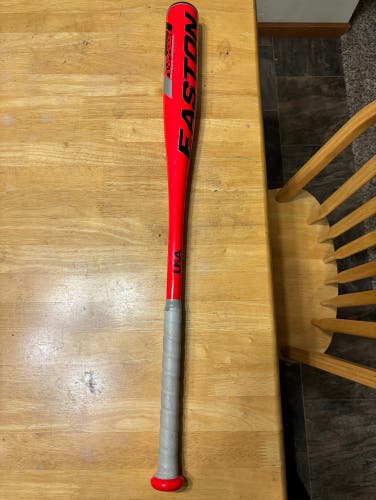
Gigante
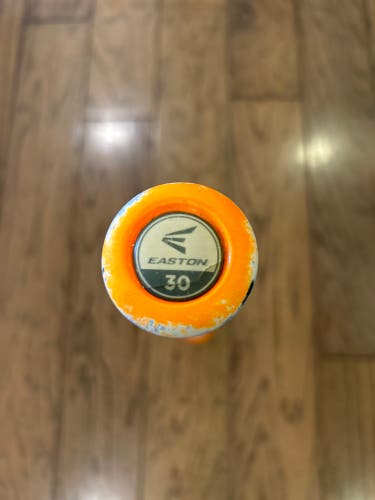
Joshmpate
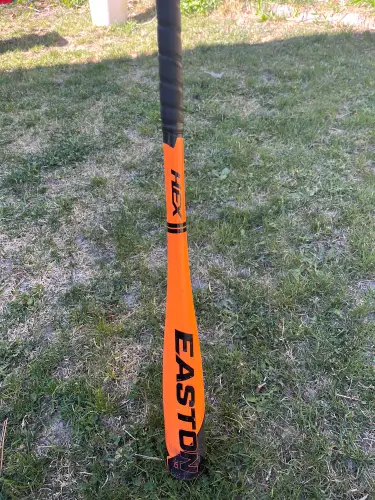
Mommurphy
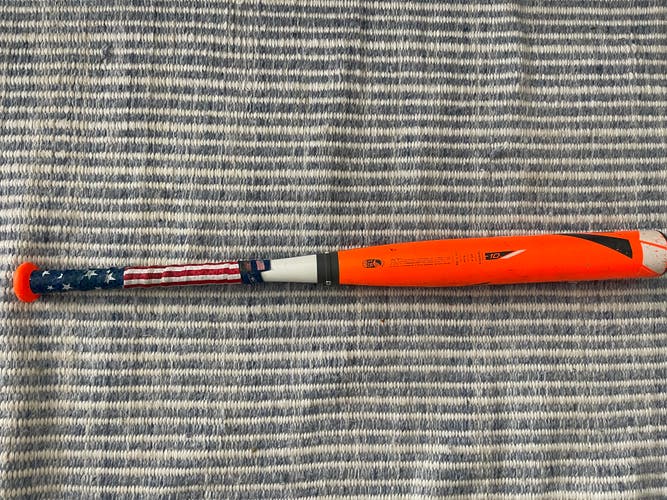
Jeffbert3
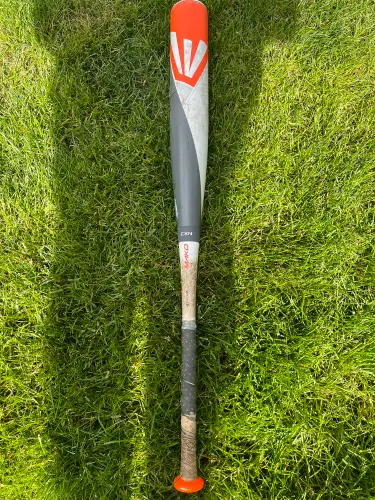
morrow28

Trystanthrasher

BBryce586
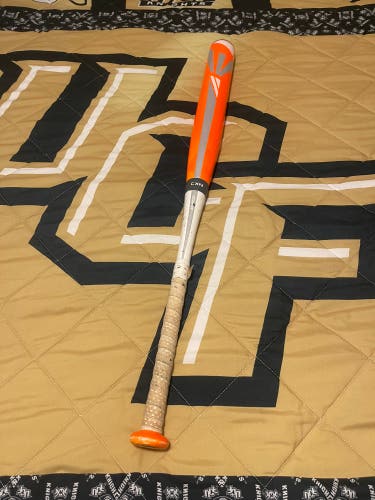
813_bats
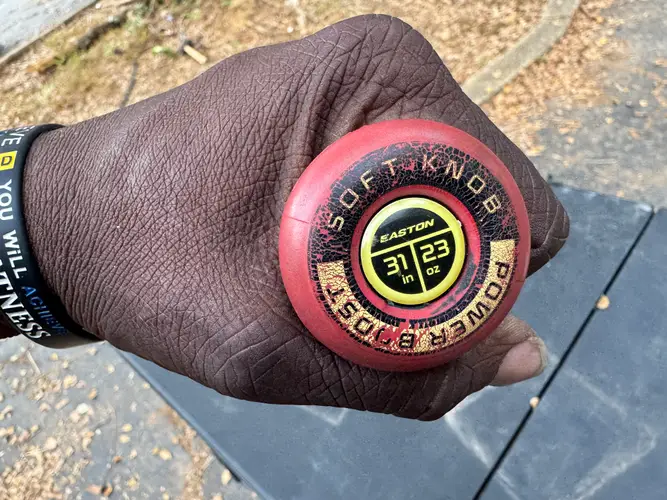
CoachWhittaker

jhendersho002
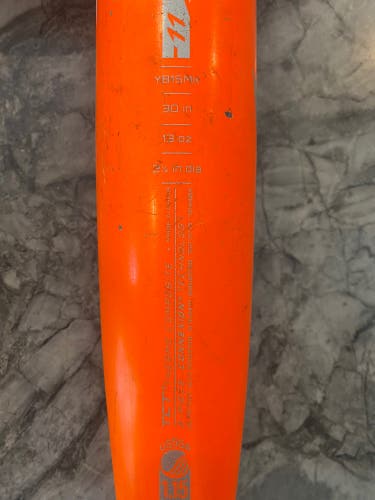
AEW12012
Related Articles
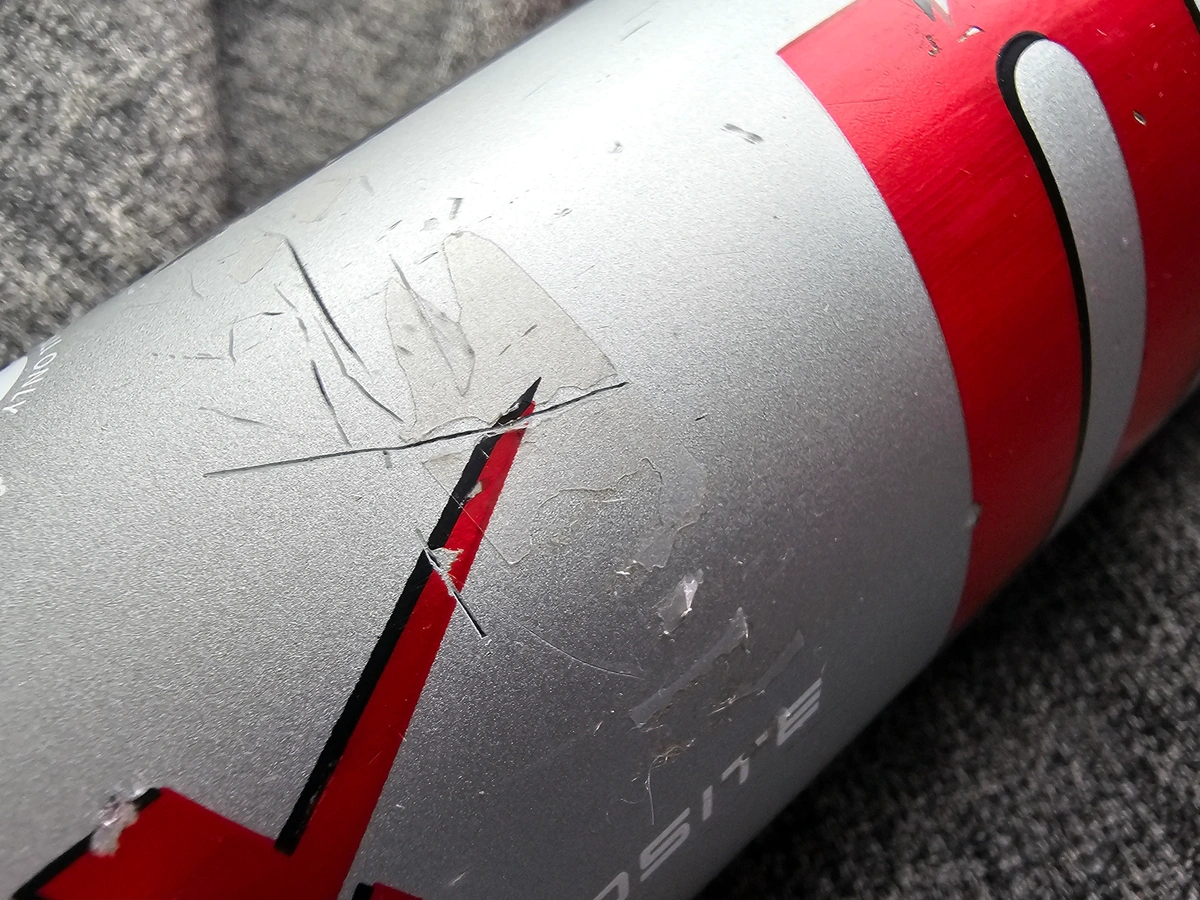
Signs You Need to Replace Your Baseball Bat
A trusty bat, perfectly balanced and broken in, allows you to unleash powerful hits with confidence. But even the most cherished bat can't last forever.
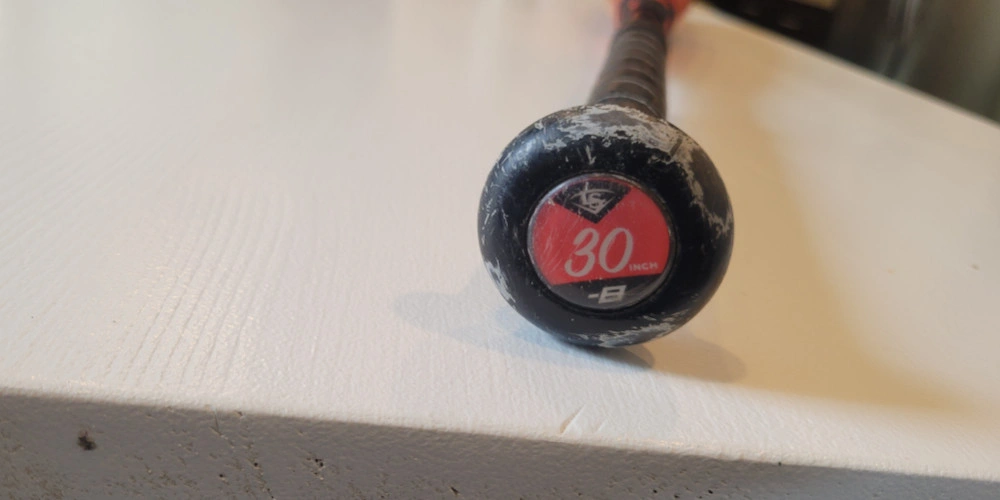
Buying a Used Baseball or Softball Bat
Looking to save big on used bats? Here's a brief checklist that our trade-in team uses to determine whether a used baseball or softball bat is worth buying.
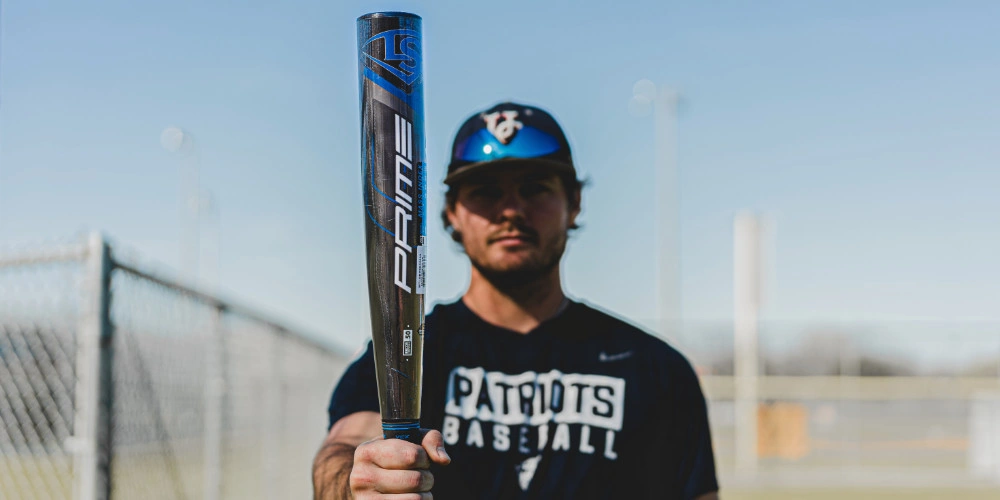
How to Ship A Baseball Bat
If you're looking to sell your bat, we've got a few tips to help you ship them safely.




